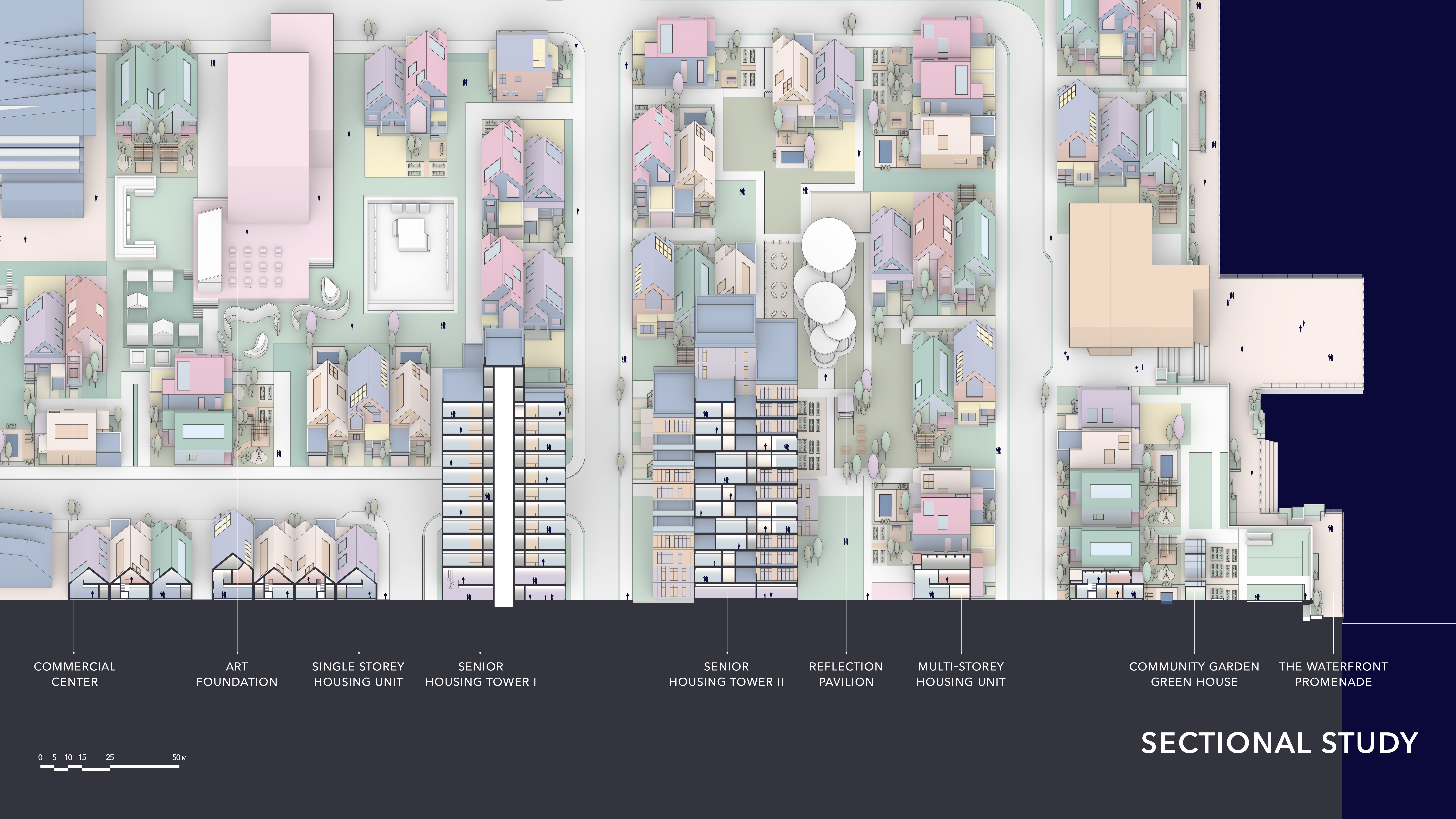MASTER OF URBAN DESIGN
MUD 672
STUDIO 1:
FALL 2021
PROFESSORS
MCLAIN CLUTTER,
GINA REICHERT
UNKNOWN URBANISMS
How do we know cities? What is a city as an object of knowledge? What intellectual constructs, media formats, and technologies allow us to make cities “knowable”? How do these constructs, formats, and technologies influence and intertwine with our expectations of urbanism and urban life? How do our ways of observing cities enable methods of design, and how can we think critically about that effect?
This first studio in the Taubman College Master of Urban Design sequence focused on techniques of understanding cities – through empirical observation, mapping, data, imaging, and mediation – and how these techniques of observation are instrumentalized within urban design. Working through a series of media, technologies, and information formats, we leveraged contemporary ways of understanding cities to develop design proposals of possible urban realities, while cultivating a critical consciousness of the limitations, and ideological proclivities embedded in our tools and techniques. The studio was divided into a series of exercises, each asking students to think critically about the unique opportunities afforded by different technologies and methods for making urbanism knowable. Following these exercises, our work culminated in urban design proposals for our site in Detroit, on the site of the former Uniroyal Tire Factory.
MUD 672: STUDIO 1
MCLAIN CLUTTER,
GINA REICHERT
GINA REICHERT
cross-listed**
MUD 732: STUDIO 3
EL HADI JAZAIRY
STUDENT WORK
KHALID ALTAMIMI,
ZHAOQI ZHU,
ZHILIN CAI
“PARTY IN THE BACK”
Detroit's urbanscape is predominantly comprised of single housing units, a typology usually associated with suburbs. The project aims to challenge this notion through the use of backyards and presents the single housing unit in a different light by:
1. Integrating public facilities to advance community engagement
2. Introducing commercial programs to the housing unit to
3. Reconfiguring public spaces based on a defined unit to create
different relationships
4. Planning through aggregation of spaces rather than following road networks









